Decision of Supreme Court on Birthright is imminent
It is one of the most prominent cases left to be decided this term.
 Donald Trump. / Reuters
Donald Trump. / Reuters
The Supreme Court is in the homestretch in Trump vs CASA. The decision is awaited by the end of June. It is one of the most prominent cases left to be decided this term. The case arises from an Executive Order issued by President Donald Trump which aimed to limit birthright citizenship. The order asserted that the Fourteenth Amendment's Citizenship Clause had never been interpreted to extend citizenship universally to everyone born within the US. It had always excluded from birthright citizenship persons who were born in the US but not "subject to the jurisdiction thereof.” The current law, based on the Fourteenth Amendment and reaffirmed in the case of Wong Kim Ark, grants citizenship to all children born in the U.S. regardless of their parents' immigration status. The debate revolves around whether to limit or end this practice, primarily focusing on children of parents who are in the country without authorization.
The Executive Order purporting to do so was blocked by multiple courts notably Western district of Washington, Massachusetts, New Hampshire and Maryland. Emergency appeals were consolidated in Trump vs CASA. The Court will decide whether lower courts can issue nationwide injunctions. These nationwide court orders have emerged as an important check on Trump’s efforts and a source of mounting frustration to the Republican president and his allies.
At an American Community Media (ACom) briefing co-hosted with Asian Americans Advancing Justice (AAJC), experts examined what’s at stake for our communities emphasizing the order’s threat to citizenship, voting rights, and immigrant integration. Speakers expressed concern that upholding the order could create an underclass of millions of children and even lead to the denaturalization of some U.S. citizens.
“The actual argument that President Trump is making, and his administration is making, is that the President has the power to unilaterally decide who gets to be a citizen in the US? And that is obviously a very dangerous proposition,” said Martin Kim, director of immigration advocacy at Asian Americans Advancing Justice.
“It’s risky to allow citizenship to be taken away based on the whims of a single person,” said Kim. “The president cannot change the Constitution through an executive order. The president can’t make up a new definition.”
The scope of the expected judgement
Martin Kim explained what the Supreme Court judgement will address is not the ability of the President to change the birth right of American born children. The Court is focusing on the power of federal judges to issue nationwide injunctions against such orders. The core issue of this case is whether a single judge can block the implementation of the order nationwide, or if such injunctions should be limited in scope.
“The core of the arguments in the lawsuit were around a procedural issue which is, the limits that are present or should be present on nationwide injunctions. The three cases they were heard by the court were coming out of an emergency appeal, any decision is unlikely to reach the core question of the legality of the executive order that the Trump administration attempted to implement,” said Kim
Significant impact on Indian Americans
Over half of the 4.4 million strong Indian Americans population is below 40 years of age. Indian Americans form the largest group on H-1B visas in the nation. While 66 percent of Indian Americans are immigrants, 34 percent were born in the US. Around half of Indian Americans live in just four states-California (20 percent), Texas (12 percent), New Jersey (9 percent) and New York (7 percent). Indians form the third largest cohort of undocumented immigrants in the US at 7,25,000, next only to Mexico (4 million) and El Salvador (7,50,000). A number of them are young families.
Children born in the US are currently US citizens with full rights. If birthright is restricted these children may lose that status, face statelessness and face being in a legal limbo.
At the hearing the court seemed intent on keeping a block on the citizenship restrictions while still looking for a way to scale back nationwide court orders. It was not clear what such a decision might look like, but a majority of the court expressed concerns about what would happen if the administration were allowed, even temporarily, to deny citizenship to children born to parents who are in the country illegally.
Decline in Indians coming to the U.S.—covering highly skilled workers, students, and undocumented migration
Meanwhile the number of Indian Americans making their way to America has significantly declined
● H‑1B registrations for FY 2026 fell to 358,000, a 26.9 percent drop from last year and over 54 percent down from FY 2024.
● The number of Indian graduate applications dropped 13 percent from 2023 to 2024 (234,473 → 204,058).
● F‑1 visas issued plummeted 38% from January–September 2024 compared with 2023.
“The impact of the Supreme Court judgement could upend 125 years of settled understanding of birthright citizenship,” said Kim.
ADVERTISEMENT
ADVERTISEMENT
E Paper
Video



 Ritu Marwah
Ritu Marwah 

.png)
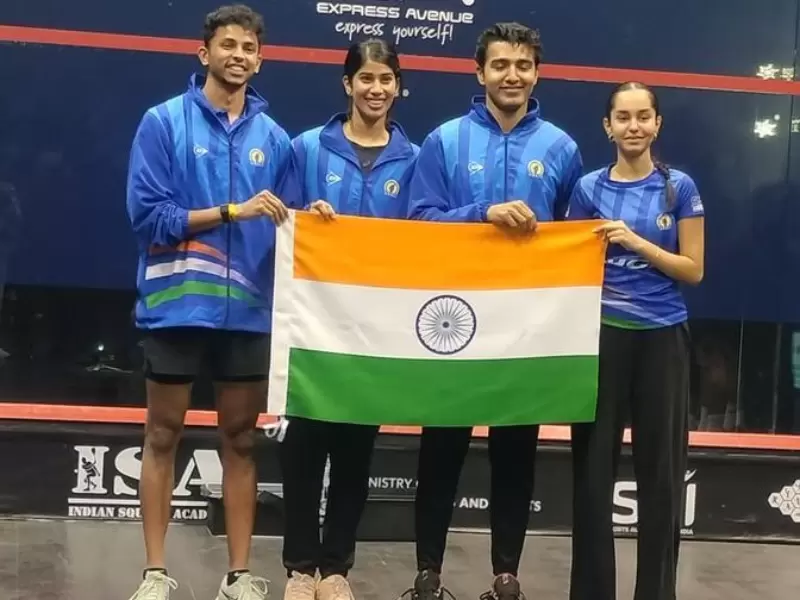
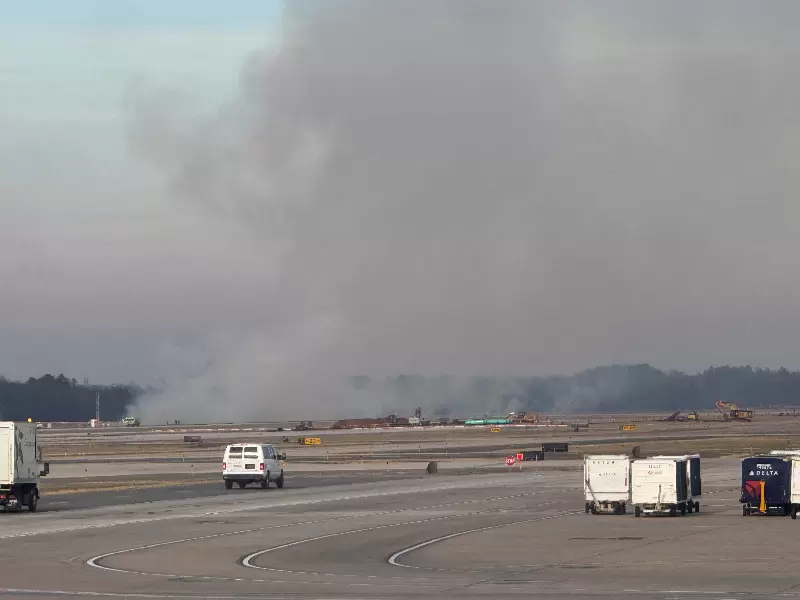
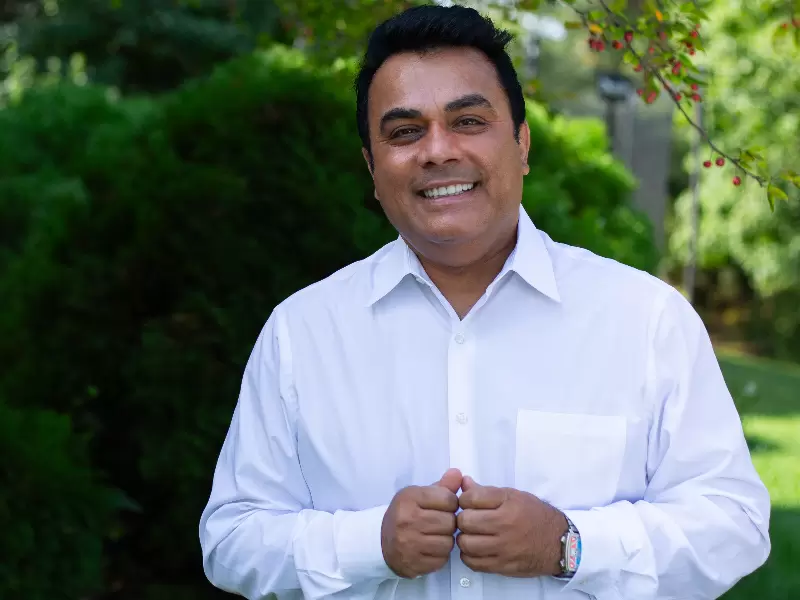

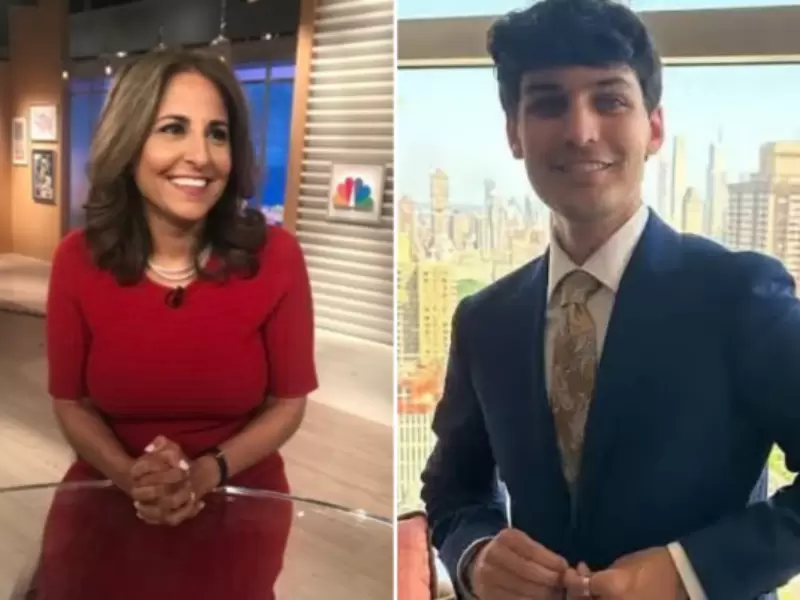
.jpg)
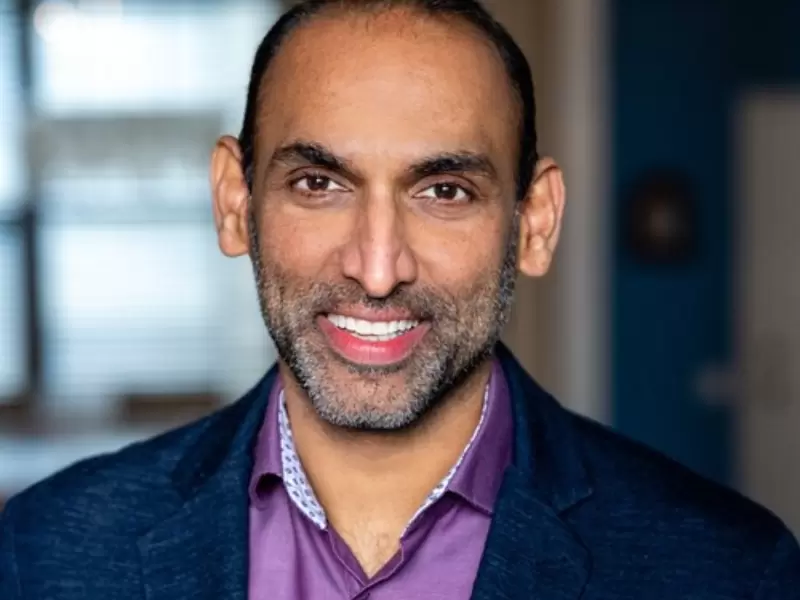



Comments
Start the conversation
Become a member of New India Abroad to start commenting.
Sign Up Now
Already have an account? Login